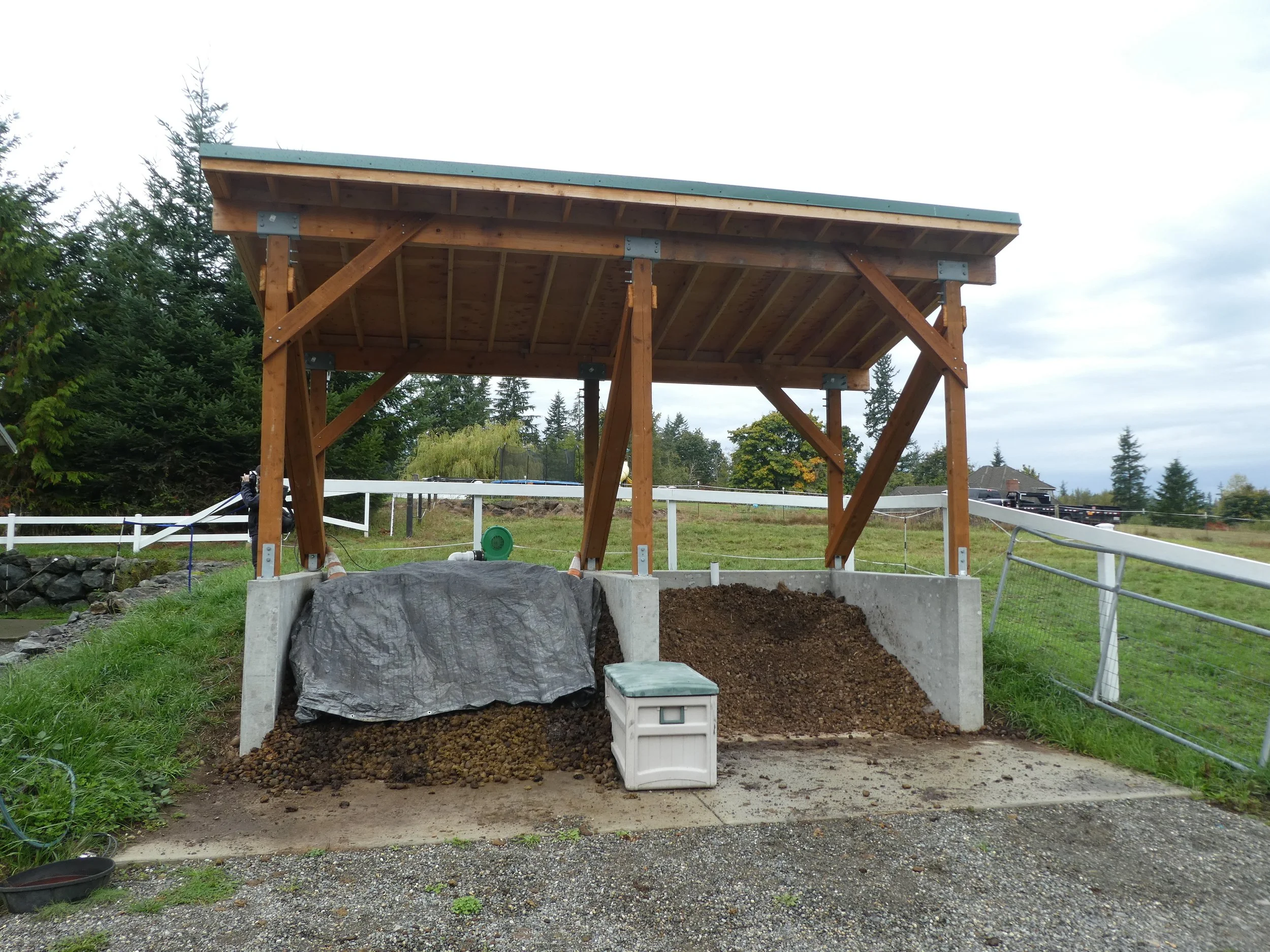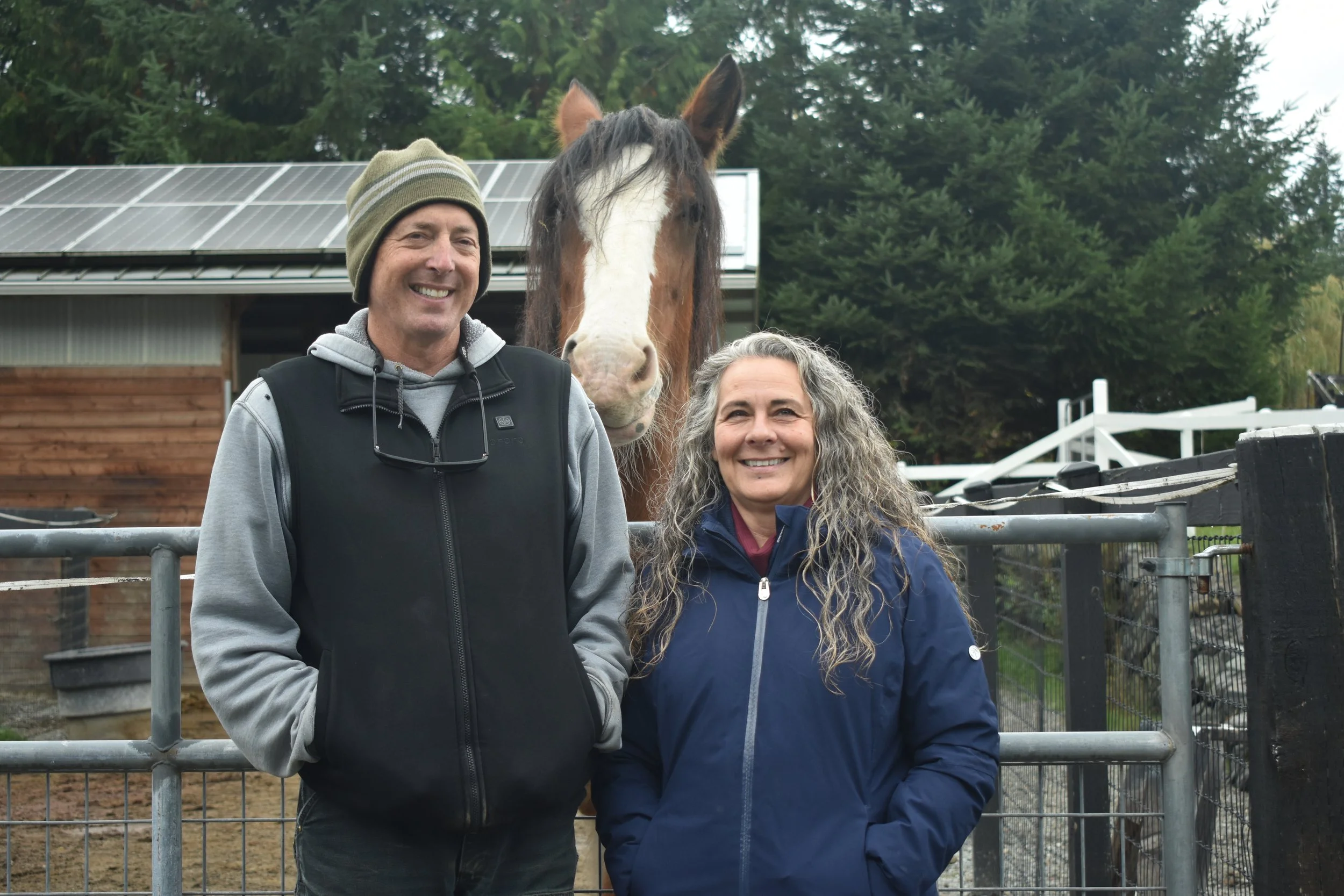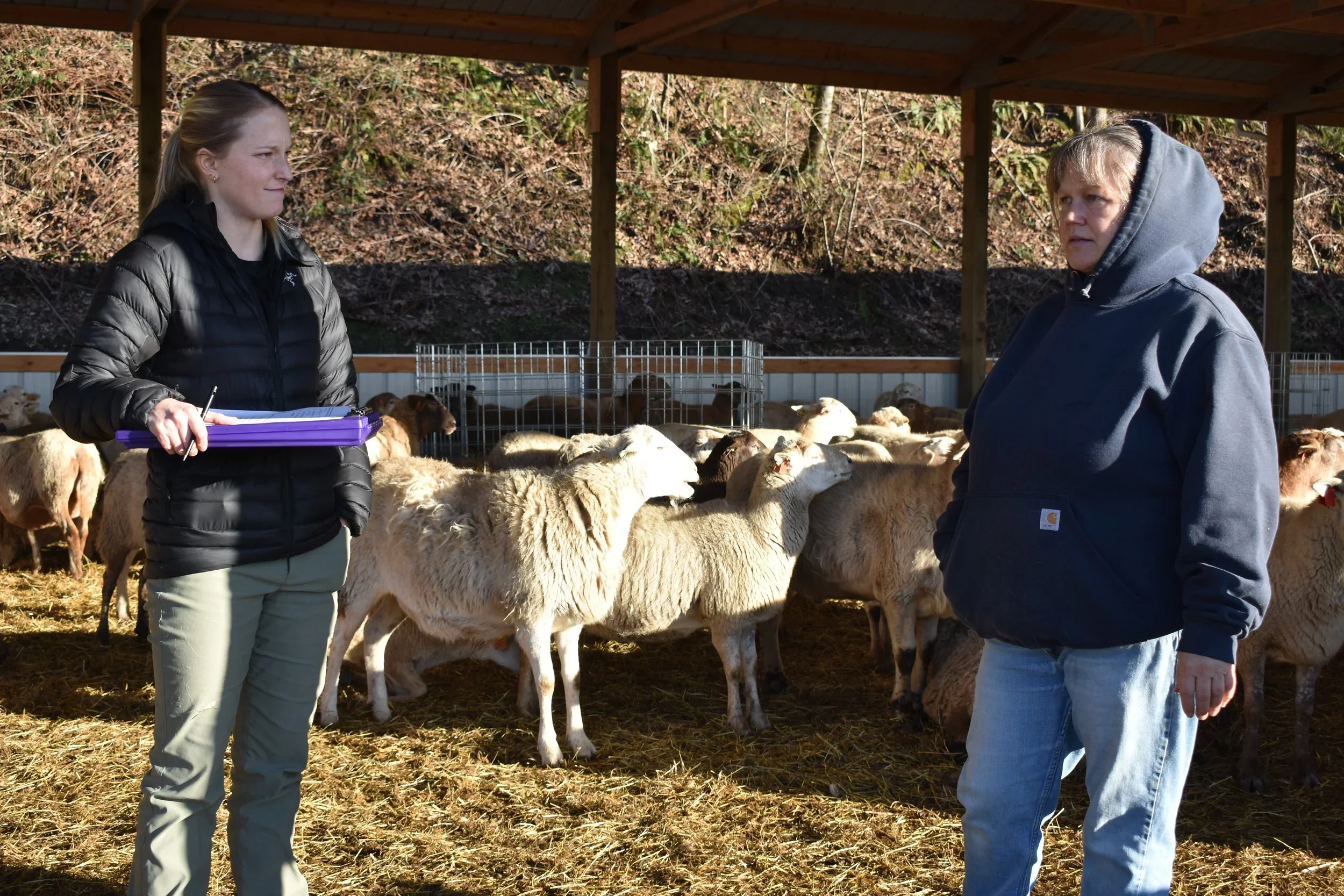How the Farnhams Turned a Bouncy House Blower into a Composting Hack
/When Adam and Tracy Farnham first began improving their pastures, they hauled in loads of horse manure from local farms and quickly turned it into compost using a method called aerated composting.
Read More




















